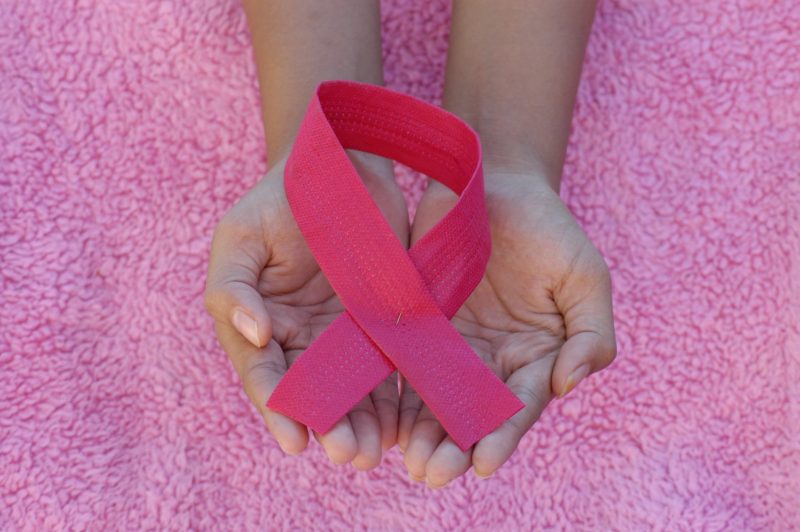Breast Cancer in SSc Patients May Have Good Prognosis
Written by |

Angiola Harry/Unsplash
Some patients with systemic scleroderma (SSc) appear to develop breast cancer with a good prognosis, a small study has found.
The findings suggest reducing exposure to cancer therapies, namely chemotherapy and radiotherapy, which should be limited to higher-risk patients.
The study, “Clinical and pathological features of breast cancer in systemic sclerosis: results from the Sclero-Breast study,” was published in the Journal of Personalized Medicine by a team of researchers from Italy.
Previous studies have shown that SSc is linked to a 50% greater chance of developing cancer, especially lung, blood and breast cancers, compared with the general population. Prior studies have suggested exposure to immunosuppressive therapies and genetic susceptibility as potential explanations.
According to the researchers, however, no study has looked closely at the features of breast cancer in these patients and their relationship with the features of SSc.
The new study included 33 women from two sites in northern Italy. All women had been diagnosed with both breast cancer and SSc, regardless of which disease developed first.
The median age at the diagnosis of breast cancer was 58 years, ranging from 43 to 75. Likewise, the median age at the onset of SSc was 57, ranging from 32 to 73.
Eighteen (54.5%) patients developed breast cancer before SSc, with a median time of five years between the two diagnoses. The remaining 15 (45.5%) developed breast cancer a median eight of years after their SSc diagnosis.
Eight women (26.7%) were premenopausal and 22 (73.3%) were post-menopausal at breast cancer diagnosis. Three patients had unknown menopause status.
Almost all patients (93.1%) had an early-stage tumor, and almost half (42.8%) of those with an invasive carcinoma had a luminal A-like cancer — a type of cancer that tends to grow slowly and have the best prognosis.
As in the general population, up to 75% of invasive breast cancers were hormone-receptor positive. Eight women also developed other cancers, including skin cancer, lymphoma, lung cancer, and cancer in the other breast.
As for local cancer therapies, 20 (66.6%) patients underwent breast-conserving surgery, and 15 (55.5%) patients underwent radiotherapy. Six women (40%) who underwent radiotherapy developed interstitial lung disease, and three (20%) developed diffuse cutaneous SSc. As systemic therapies, three (10.3%) patients received neoadjuvant chemotherapy (to reduce tumor size prior to a main treatment course), 11 (37.9%) received adjuvant chemotherapy — after the main treatment — and 15 (62.5%) received endocrine therapy, which adds, blocks, or removes hormones).
Six women died of pulmonary arterial hypertension, a common complication of SSc.
When the researchers looked at the relationship between the two diseases, they found that estrogen-receptor positivity was associated with a normal SSc pattern on videocapillaroscopy — a noninvasive imaging technique that allows doctors to assess how well blood flows in the smallest blood vessels.
In addition, they found that the use of immunosuppressants was linked to diffuse extension of skin thickening, a lack of anti-centromere (ACA) antibodies, the presence of anti-Scl-70 antibodies, and interstitial lung disease. Both ACA and anti-Scl-70 antibodies are characteristic self-targeting antibodies in SSc patients.
In general, “the SSc patients in our study developed [breast cancer] with a good prognosis,” the researchers wrote.
Considering the known side effects of cancer therapies, “our findings might suggest a de-escalation strategy of cancer therapies in this setting,” they added.
“Proper screening is mandatory in order to allow for early cancer detection in SSc patients,” the team concluded, adding that further research involving larger numbers of patients is needed.






